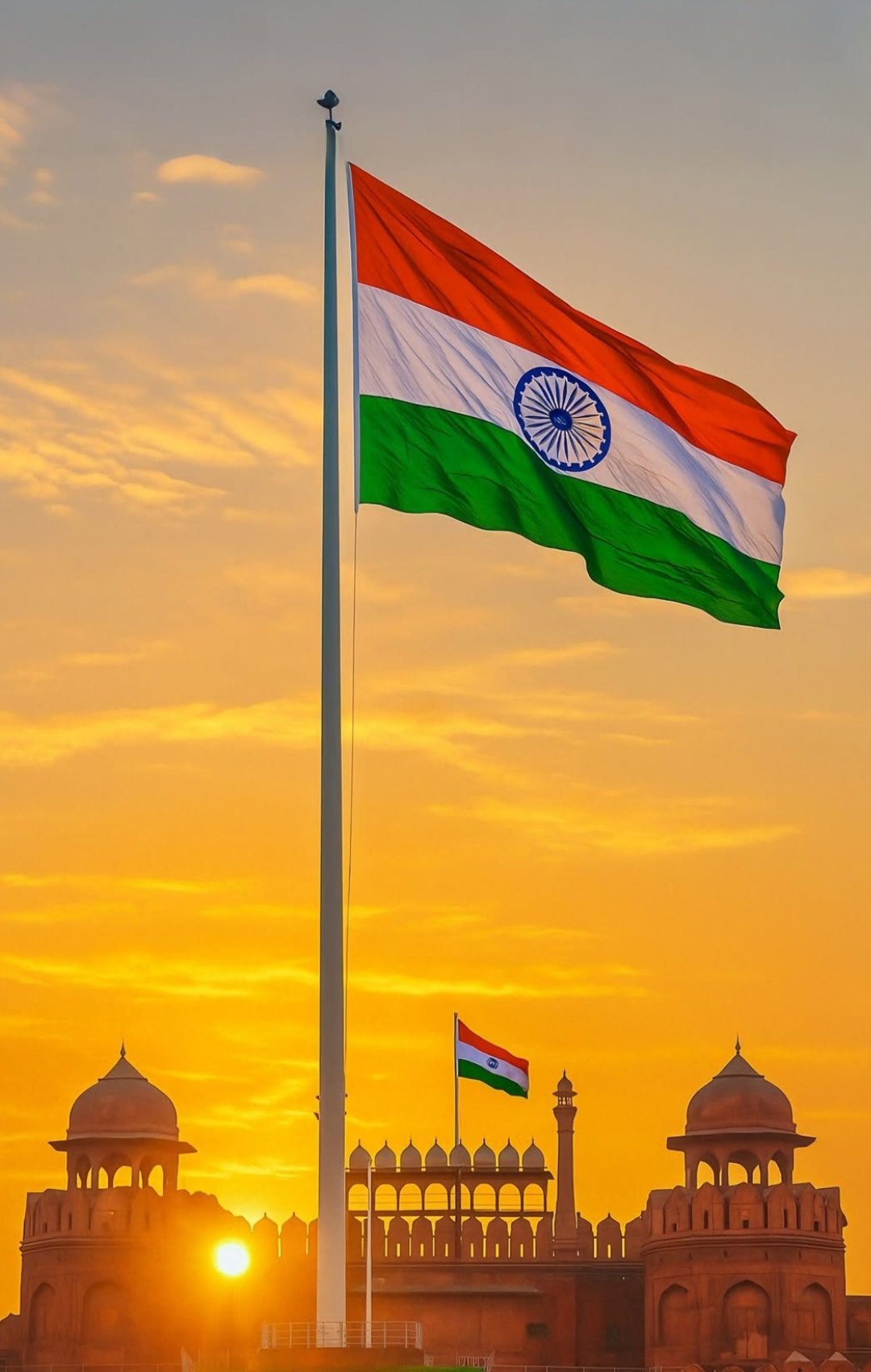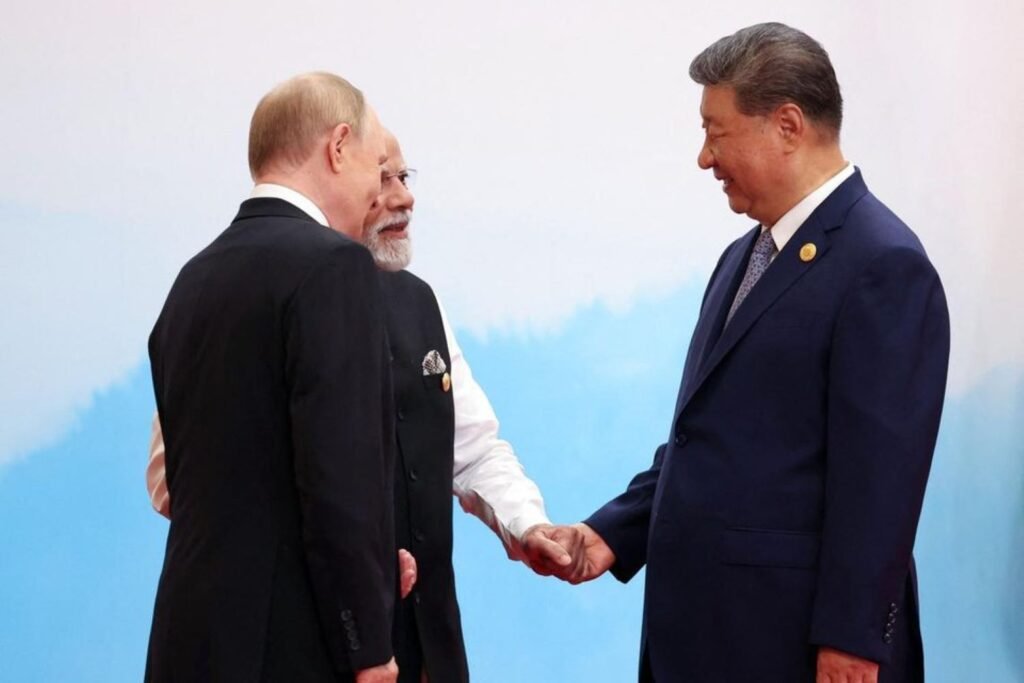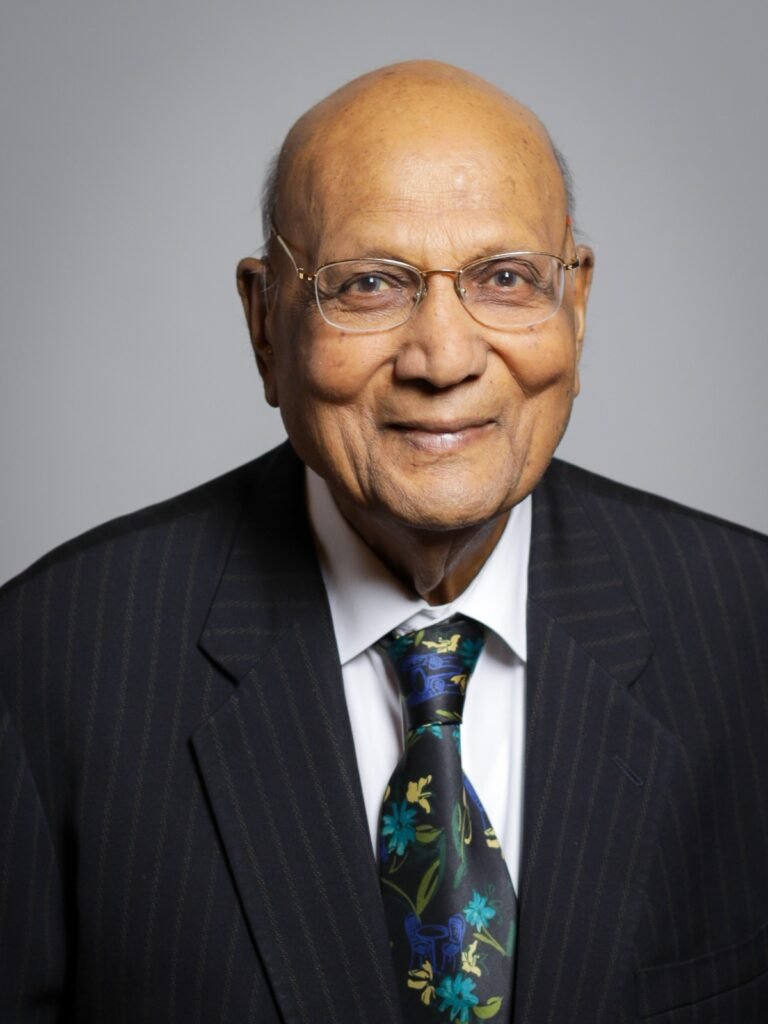From the ramparts of the Red Fort earlier this morning, PM Modi unfurled an ambitious and sweeping economic vision. It was a clarion call for a self-reliant, technologically adept and globally competitive Bharat, poised to attain Viksit Bharat status by 2047. His speech was not merely celebratory; it was a strategic economic roadmap blending industrial policy, technological ambition and social empowerment.
At the heart of the address was the PM’s reiteration that self-reliance transcends mere import substitution; it is a question of national capability. Defence self-sufficiency, showcased in Operation Sindoor, was held up as a vindication of a decade-long push towards indigenous manufacturing, particularly in sensitive sectors. This principle extends to semiconductors, with six fabrication units under construction and a pledge that Made in India chips will enter the market by year’s end, rectifying a historical lapse of five lost decades.
The energy sector formed another pillar of the economic discourse. Having met the 50% clean energy target five years ahead of the Paris pledge, India is now investing in Mission Green Hydrogen, expanding hydropower as well as rapidly scaling nuclear capacity ( over tenfold by 2047). PM Modi announced the National Deep Water Exploration Mission to secure offshore oil and gas, alongside a National Critical Minerals Mission with exploration across 1,200 sites, reflecting an acute awareness of supply chain vulnerabilities in the global energy transition.
In manufacturing, the National Manufacturing Mission aims to blend Zero Defect, Zero Effect quality standards with competitive pricing, positioning MSMEs as integral to global value chains. The forthcoming ‘next generation’ GST reforms, promised as a Diwali gift, are designed to lower the tax burden on essential goods, spur consumption and strengthen MSME competitiveness. Complementing this is a landmark direct tax reform of abolishing over 280 sections of the Income Tax Act and raising the exemption threshold to ₹12 lakh, signalling an overture to middle-class purchasing power.
The speech highlighted employment generation as a central economic imperative. The launch of the ₹1 lakh crore Pradhan Mantri Viksit Bharat Rojgar Yojana, which shall offer ₹15,000 to a youth who has been newly hired in the private sector and targets the creation of job opportunities for 3.5 crore youth, reflects an active labour market intervention aimed at youth employability and private sector hiring enthusiasm. Women’s economic participation was lauded, with Lakhpati Didi Self-Help Group members doubling to two crore and their enterprises penetrating global markets.
Agriculture and rural economies retained a prominent place. With record grain production, leadership in milk, pulses and jute, and ₹4 lakh crore in agri-exports, the government seeks to level the field for lagging districts via the PM Dhan-Dhanya Krishi Yojana. Fertilizer self-sufficiency, EV battery manufacturing and domestic solar panel production were presented as frontiers for both rural and urban industrial policy.
Crucially, the PM framed this economic vision as reformist in temperament – from scrapping 40,000 compliances and 1,500 obsolete laws to easing FDI norms and opening nuclear energy to private players. He announced a 21st Century Reforms Task Force to overhaul rules, laws and policies in line with a developed nation’s aspirations.
If the speech was suffused with patriotic fervour, it was equally pragmatic, marrying macroeconomic stability (low inflation, strong forex reserves, robust growth) with sectoral missions in technology, manufacturing, energy and agriculture. In toto, the economic takeaways constitute an intricate constellation, one in which Atmanirbhar Bharat is not an inward-looking slogan, but an outward-facing, capability-driven growth strategy aimed at positioning India as the world’s third-largest economy in the imminent future.




